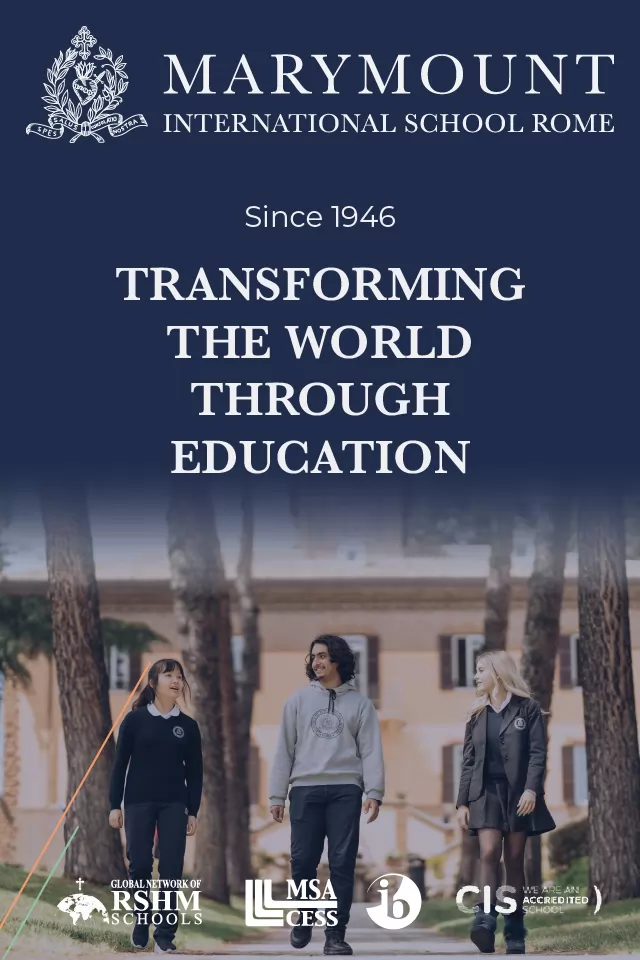A new home for Rome's American Catholic community is also a happy outcome for the Irish Augustinians.
By Andy Devane
On 23 September a removal team hauled 28 wooden pews out of the church of S. Susanna alle Terme di Diocleziano, located roughly between Piazza Barberini and Piazza della Repubblica. Although it was the first time in four years that the church doors had been opened, it was a bittersweet day for Rome's American Catholics as it signalled the end to their association with the church they had called home for almost a century.
It also marked a new chapter in the 95-year history of the American parish, which is led by the Paulist Fathers, an order of missionary priests founded in New York in 1858. Watching the removal of the pews was “much sadder than I anticipated,” said Fr Greg Apparcel, the 11th rector of the church and originally from Los Angeles. Thankfully the pews did not have to travel far – less than a kilometre away – to the newly vacated church of St Patrick's on Via Boncompagni, just off Via Veneto.
American origins
America's connection to S. Susanna dates back to 1921 when US President Warren G. Harding asked Pope Benedict XV if he could make available a parish church to serve Americans residing in Rome. The 16th-century Chiesa di S. Susanna was chosen due to its location next door to the then US embassy to Italy. The embassy building, situated between S. Susanna and the church of S. Maria della Vittoria, was demolished by Mussolini to make way for the new Via XXVIII Marzo, today Via Bissolati, which opened in 1932. In the meantime the American embassy relocated to its current address at the expansive Palazzo Margherita building on Via Veneto.
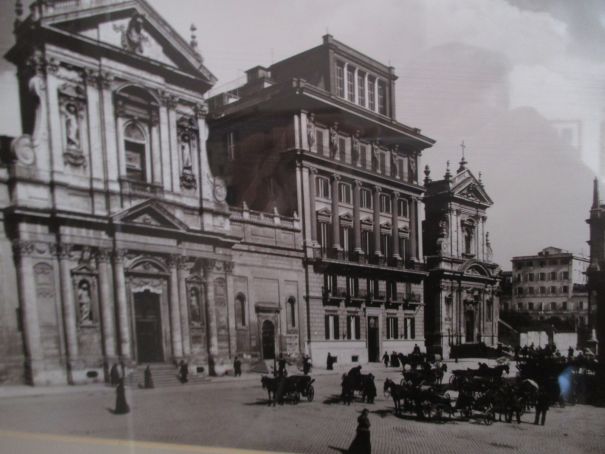
The Baroque S. Susanna church, with its travertine façade and elaborately carved ceiling, both by Carlo Maderno, was built between 1585 and 1603 for a monastery of cloistered Cistercian nuns founded on the site in 1587 and which still resides there. Maderno's work was deemed so impressive that he was named by Pope Paul V as chief architect of St Peter's.
Roman times
S. Susanna's history, however, dates back even further. According to tradition, the pre-existing villa was adapted and consecrated as a church in the year 330, under Emperor Constantine I, and dedicated to Susanna, martyr and saint. According to Christian legend, Susanna was beheaded in her father's house – today the site of the church – as punishment for refusing to marry the son-in-law of Emperor Diocletian.
A millennium and a half later, on 22 February 1922, Cardinal William Henry O'Connell of Boston presided at the first public Mass for Rome's American community at S. Susanna, now equipped with electric lighting and new wooden pews. The Americans and the Cistercian sisters co-existed in harmony for decades until their relationship began to deteriorate in the mid-1980s, with the nuns starting to complain of disruption to their community life.
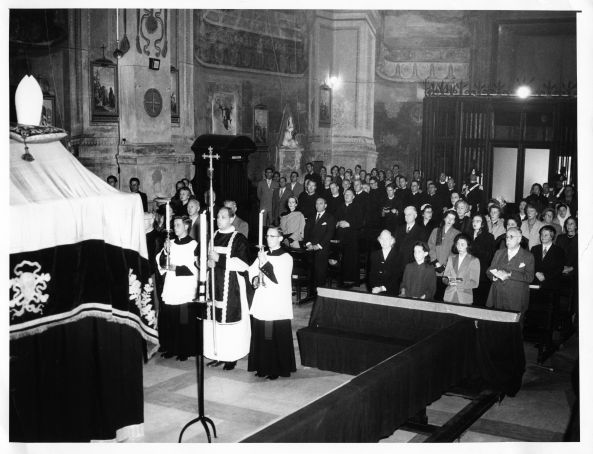
Things came to a head just before Christmas in 2012, when several large signs were erected around the church stating, in English, that S. Susanna belonged to the Cistercians. The move, which took place without consultation, marked the start of a campaign to evict the Americans from their church.
The Cistercians complained to church authorities that the American community was “suffocating” their community life, according to Apparcel, who said he did his best to understand their position and accommodate their wishes. Complaints centred largely on the control and use of the church, with the Cistercians bemoaning the noise and crowds during the Masses on Saturday evenings and Sunday mornings.
Exile
Apparcel says the “tipping point” came on 5 July 2013, when he arrived to find the church sealed off by firemen. He was told that pieces of wood had fallen off the ceiling, an incident which led to the church's immediate closure on safety grounds. So began a four-year exile for the American community, whose Masses were celebrated in three neighbouring churches.
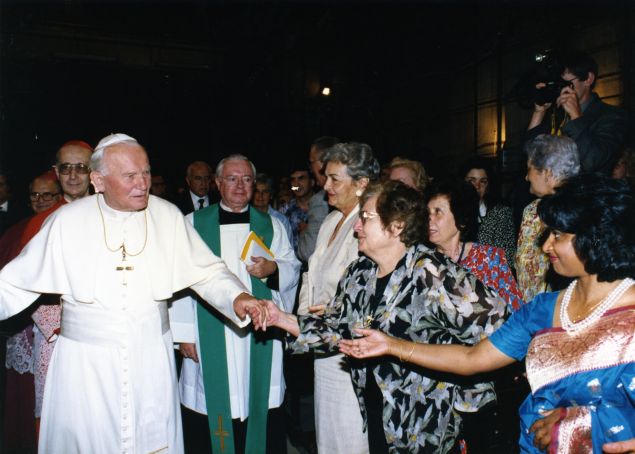
One of these churches was St Patrick's on Via Boncompagni which, unbeknown to the outside world, was facing its own harsh realities. Owned by the Irish Augustinians, whose presence in Rome dates to 1656, the order had reached the decision in 2012 to leave its ministry in the Italian capital due to lack of priests.
Meanwhile numerous diplomatic efforts to resolve the situation at S. Susanna involved high-ranking officials from the Vatican and the diocese of Rome. However the negotiations proved fruitless. Eventually, following a crucial meeting with the Vatican secretary of state, Cardinal Parolin, in January 2016, Apparcel was offered St Patrick's as a new home for the American community.
Irish Augustinians
And so began another round of consultations, infinitely more cordial, with the Irish Augustinians, along with a team of lawyers, architects and church officials representing both sides, resulting in a final agreement approved by the vicariate of Rome. While retaining ownership of the property, the Augustinians agreed to a 29-year lease of the church along with various offices and meeting rooms. Their terms were generous: although the Americans pay for all utilities and maintenance, they are not required to pay any rent.
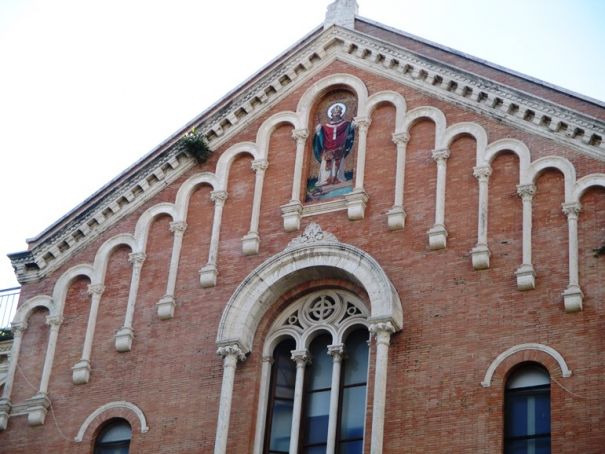
In January this year the Augustinian provincial Fr John Hennebry broke the news of the order's departure to the congregation at St Patrick's, whose foundation stone was laid in 1888 and which opened on St Patrick's Day in 1911. Describing the decision as “very difficult”, he framed it within a larger picture of a “drastically changed” situation for the Augustinians whose declining numbers left the order no choice but to leave its mission in Rome. Admitting that the order had “dreaded” the notion of St Patrick's church lying closed, Hennebry described the arrival of the American community as a “great blessing.”
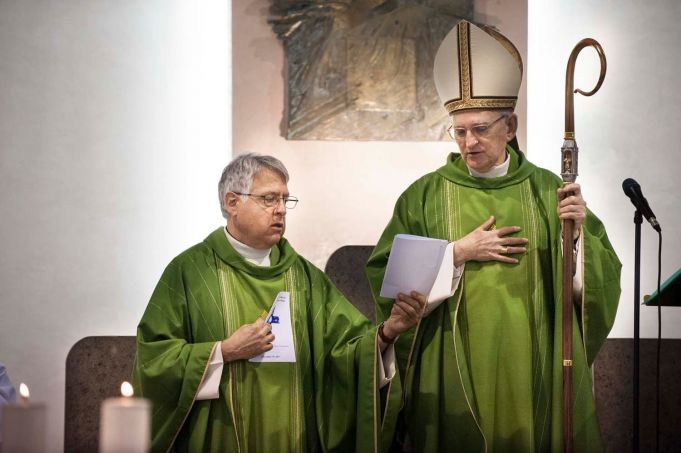
Following the recently completed renovation works to the church's office spaces, St Patrick's Catholic American Parish in Rome was inaugurated on 19 November by Cardinal James Harvey.
Library
Central to the social aspect of its parish life is the newly rechristened St Patrick's English-language lending library, which opened on 5 November. Founded in S. Susanna 50 years ago, today the library is stocked with around 600 books in English, including fiction, biography, history, travel and art.
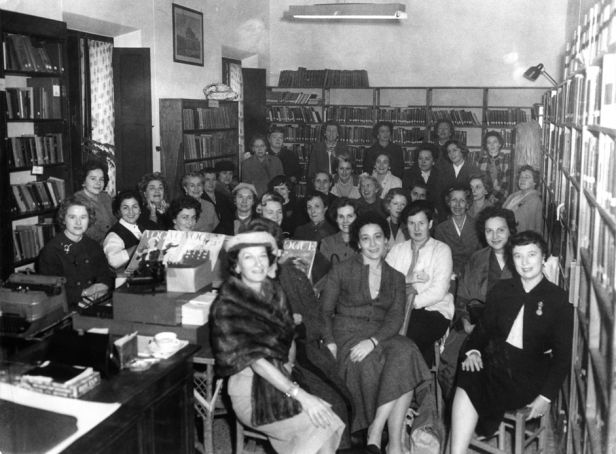
The library's co-ordinator, Australian Tonia White - who is preparing to retire from her post after 16 years - invites new members as well as volunteers to become involved. White will be relaced by American Sally Richards from 1 February. The library's opening hours* also include Sunday mornings to suit Mass-goers.
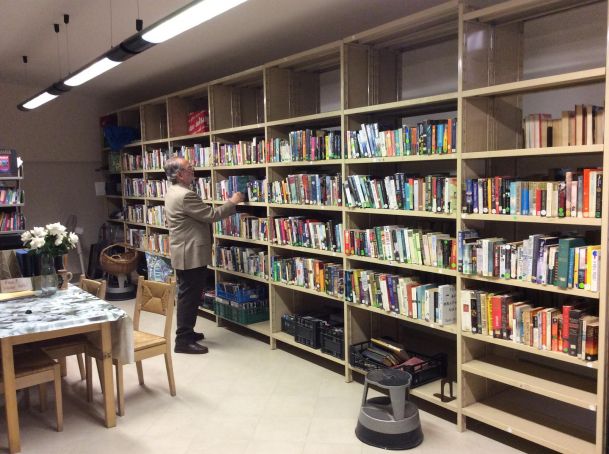
Designed by Aristide Leonori, St Patrick's features mosaic depictions of Ireland's patron saint along with a Latin inscription from his writings: Ut Christiani ita et Romani sitis, meaning “As you are Christian so also be Roman”. The church's connections with Ireland have been embraced by its new pastors, including the long-standing tradition of Irish couples getting married there.
Warm welcome
Most Irish people living in Rome are familiar with St Pat's for hosting the Mass for Ireland's national feast day every second year, a tradition it shares with the nearby Franciscan community at St Isidore's. The tradition is set to continue. While joking that he doesn't have an Irish accent, Apparcel is keen to stress that the Irish are most welcome among the American community at St Patrick's. This welcome also extends to the existing parishioners “inherited” from the Augustinians.
Happy outcome
Apparcel says that the move to St Patrick's and subsequent name-change have been welcomed widely among his parishioners, who are happy to have a home once more. A major plus for the community, given its previous experience, is that it is not required to share the church. An additional factor in the story is the church's proximity to the US embassies to the Italian state and to the Holy See, located just across the road. In a somewhat improbable case of full circle, 85 years later the American Catholic community is once again next-door neighbours of the American diplomatic missions.
The doors of S. Susanna, meanwhile, remain closed.
Mass in English: Mon-Fri at 18.00, Sat at 18.00, Sun at 09.00, 10.30. *Library membership: three months (€27.50), six months (€35) or annual (€45), together with a returnable €40 deposit. Sun 10.00-12.30. Tues 11.00-14.00, Wed 15.00-18.00, Thurs 11.00-15.30. Via Boncompagni 31, tel. 0642014554. For full information see St Patricks' website or Facebook page.
This article was published in the December 2017 edition of Wanted in Rome magazine.





